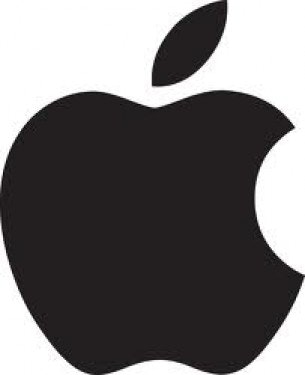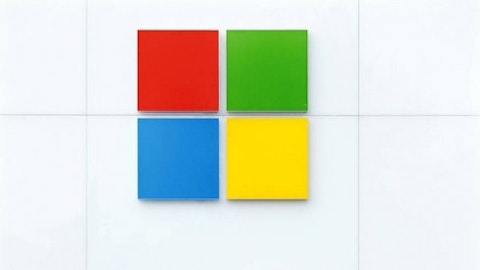Earnings reports released last week by two titans in mobile technology – Apple Inc. (NASDAQ:AAPL) and Samsung, have Wall Street and investors pondering whether the high-end mobile device market has reached its saturation point.

Slowing demand
Samsung stoked the slowing demand theory in their Q2 earnings report by warning investors to expect slower growth in its mobile unit. Despite a 9% rise in quarterly profit to 7.77 trillion won (~$6.96 billion), driven by their new flagship Galaxy S4 and Galaxy Note 8.0, Samsung blamed the anemic economic recovery in Europe and increased competition in smartphones as the key challenges.
Apple Inc. (NASDAQ:AAPL) surprised investors by shipping 31.2 million iPhones in Q3, versus analyst estimates of 26.5 million. Yet the street insists Apple Inc. (NASDAQ:AAPL)’s earnings showed obvious signs of slowing demand. The proof, they say, is the lower average unit price of iPhones in Q3, falling from $612 to $580. The speculation is fewer people are paying up for the premium priced iPhone 5, opting instead for the cheaper iPhone 4 and 4S.
Cheaper = More
The threat of saturation has the street clamoring for cheaper devices. The path to further growth, they say, is to sacrifice hardware margins in favor of increased cash flows from apps and services. A cheaper iPhone would presumably enable Apple Inc. (NASDAQ:AAPL) to grow market share, particularly in emerging markets where phones are not subsidized.
Although the total market for mobile devices is still growing rapidly, Apple’s iOS share is not growing as fast as Google Inc (NASDAQ:GOOG)’s Android share. Globally, Android claims 70% of the market, while iOS is far behind at 17%. The American market share is more evenly divided; 52% Android, 42% iOS, with Microsoft Corporation (NASDAQ:MSFT) Windows Phone a distant third at 4.6%.
But if the path to success is really via the apps ecosystem, then where does that leave Samsung and the Android device makers?
Crash of the clones
Google Inc (NASDAQ:GOOG)’s strategy here is simple; by giving Android away for free Google Inc (NASDAQ:GOOG) can dominate the mobile search and advertising market. With the barrier to entry so low and the target market so huge, competitors are jumping in triggering a price war as margins tumble.
This is eerily similar to the personal computer wars of the 80s that enabled Microsoft Corporation (NASDAQ:MSFT) Windows to dominate the desktop, driving Apple Inc. (NASDAQ:AAPL) to the brink of bankruptcy. At that time the nascent PC market was highly fragmented as clone PCs flooded into the market. Clone makers Compaq, Packard Bell and many garage startups made their mark and grew quickly by underselling IBM and Apple Inc. (NASDAQ:AAPL). But within a few years the weaker players were squeezed out or acquired. The same is destined to happen in the smartphone market.
Low-priced smartphones, as low as $70, from Huawei, ZTE and many lesser known Chinese startups are flooding into emerging markets, undercutting mid-market competitors like Lenovo, LG, Motorola and Samsung. History will repeat as consumers buying low-end devices will quickly sour from buyer’s remorse due to inferior quality, reliability and support issues. In due time the stronger mid-market competitors will squeeze out the low-end clones with solid mid-priced devices below $200.
Exaggerated demise
The market for high-end smartphones is still years away from saturation. Growth in mature markets may slow somewhat, but with Q3 iPhone shipments growing by 66% in Japan, and 51% in the US, demand appears to be quite healthy. In emerging markets growth is very strong. iPhone activations in Russia reached record levels in Q3, and iPhone sales also improved in India by 400%, Philippines by 140%, Turkey by 140%, and Poland by 60%, clearly signaling there is still growing demand for premium iPhones. As fall approaches significant product updates are due from Apple, and company executives have been hinting about amazing new products to come later this year. Even if Apple doesn’t introduce a new product category, significant improvements on the iPhone and iPad will continue to drive product refreshes in established markets and new sales in emerging markets, without a cheaper iPhone.
On the other hand, as a leading competitor in multiple markets at multiple price points, Samsung will likely have to compromise margins in exchange for market share, but Samsung isn’t backing away from the premium mobile market either. Spending record sums on marketing and R&D, Samsung forecasted a record total of 24 trillion won in capital expenses this year, over 1 trillion won more than last year. A good chunk of that was spent on new product launches earlier this year, but Samsung told investors it intends to drive demand and protect profit margins by offering differentiated smart phone displays, such as flexible and OLED screens.
The street may be fixated on lower priced smartphones, but the road to profitability and healthy margins is still in the upper end of the market. The low-end road leads to rocky shores littered with the decaying bones of the clones from the last race to the bottom of the commodity technology market.
Invest wisely, my friends.
The article Attack of the Mobile Clones originally appeared on Fool.com and is written by Phil Cutajar.
Phil Cutajar owns shares of Apple. The Motley Fool recommends Apple and Google. The Motley Fool owns shares of Apple, Google, and Microsoft. Phil is a member of The Motley Fool Blog Network — entries represent the personal opinion of the blogger and are not formally edited.
Copyright © 1995 – 2013 The Motley Fool, LLC. All rights reserved. The Motley Fool has a disclosure policy.




